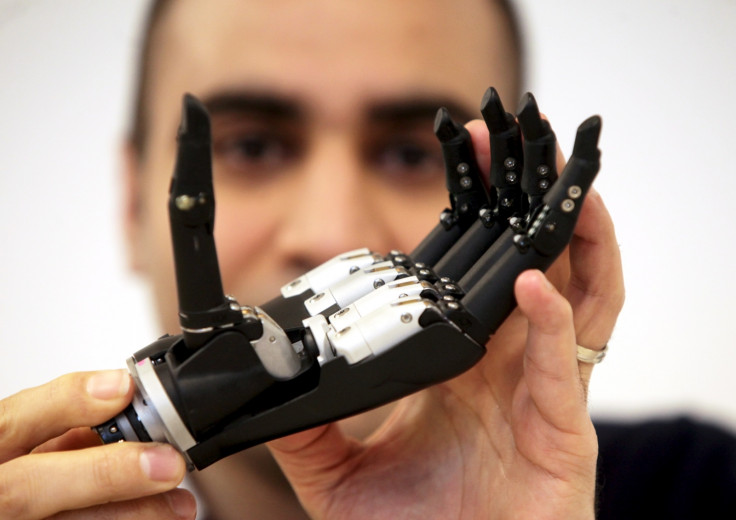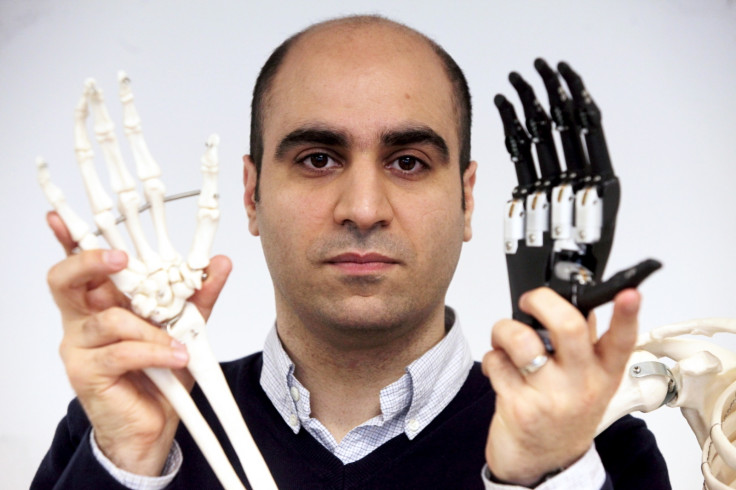Bionic limbs project grabs £1.4m launch funding

A research project headed by Newcastle University into bionic limbs connected to the brain has been launched with a £1.4m funding grant.
It will focus on creating a robotic hand that is sensitive to touch and temperature, which will then relay the information to the brain. if the project is successful, it would mean an increased functionality for people who have lost limbs.
The team at Newcastle University will be helped by specialists from Leeds, Essex, Keele, Southampton universities and Imperial College London. The Engineering and Physical Sciences Council provided the funding.
"The UK leads the way in the design of prosthetic limbs but until now one of the limiting factors has been the technology to allow the hand to communicate with the brain," said Newcastle University's Biomedical Engineering lecturer Dr Kaianoush Nazarpour, who is leading the study.

"If we can design a system that allows this two-way communication it would help people to naturally reach out and pick up a glass, for example, whilst maintaining eye contact in a conversation, or pick up an apple without bruising it."
"This will advance the field of prosthetics, provide enhanced function to prosthesis users, and also reduce the time involved to learn how to use the device because the movements will come naturally.
"The technology will also have applications for patients with neurological conditions where reduced sensation is a factor," said Nazarpour.
Dr Rory O'Connor, senior lecturer in rehabilitation medicine at the University of Leeds, added: "We are seeing many more active young people who are surviving severe injuries that result in them losing one or more limbs and requiring a prosthesis.
"The current designs are like a plug and socket. The socket fits over the end of the limb and picks up signals from the muscles. The prosthesis fits onto this and by learning to flex certain muscles the patient can work the hand.
"The drawback is that for many patients - particularly survivors of trauma - the muscle ends are too damaged to be able to use the limb. What patients tell us is they want something that is more intuitive and more closely replicates the natural movement and feel of a real hand and that is what we hope to achieve through this project," he said.
© Copyright IBTimes 2025. All rights reserved.






















